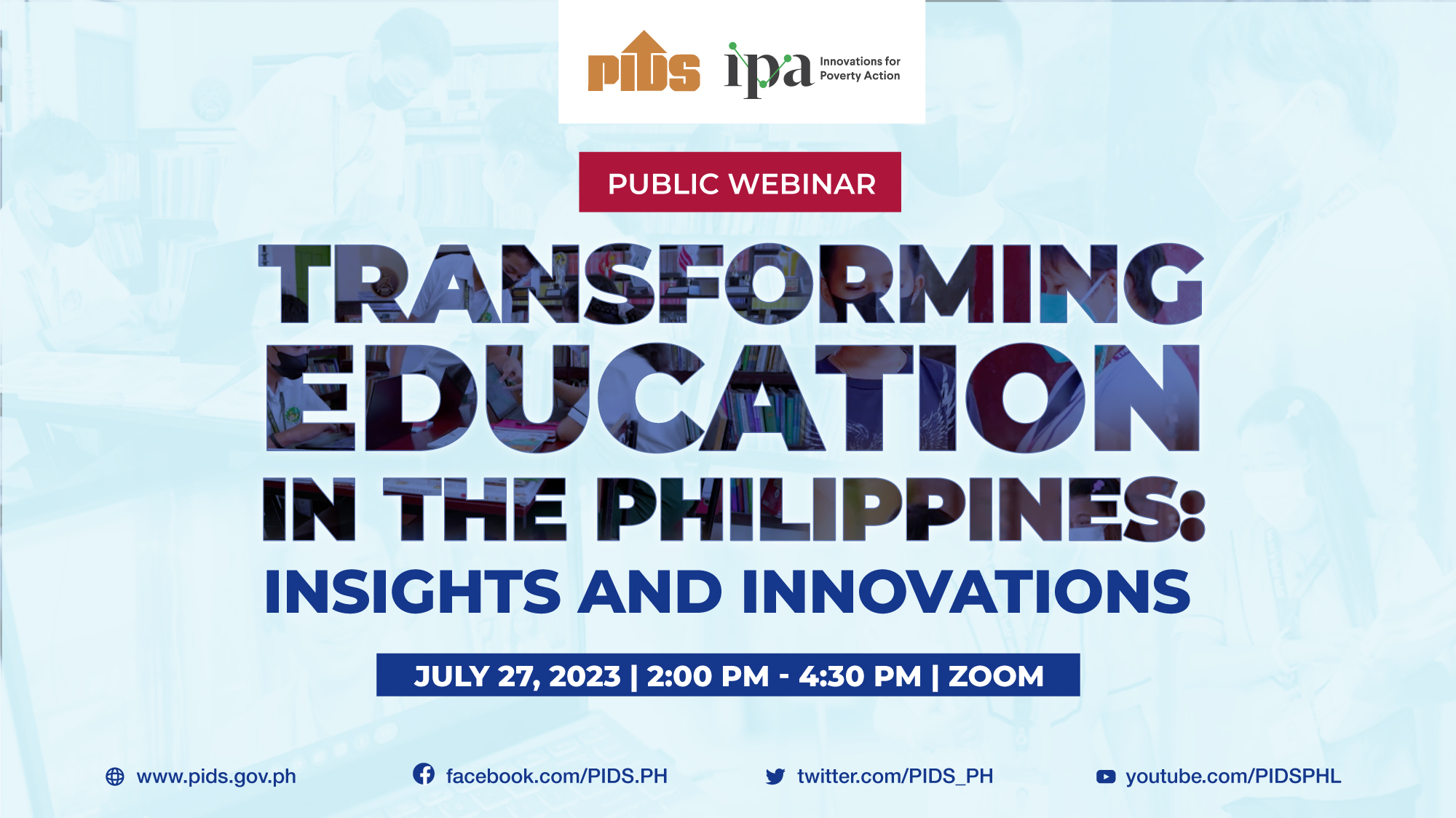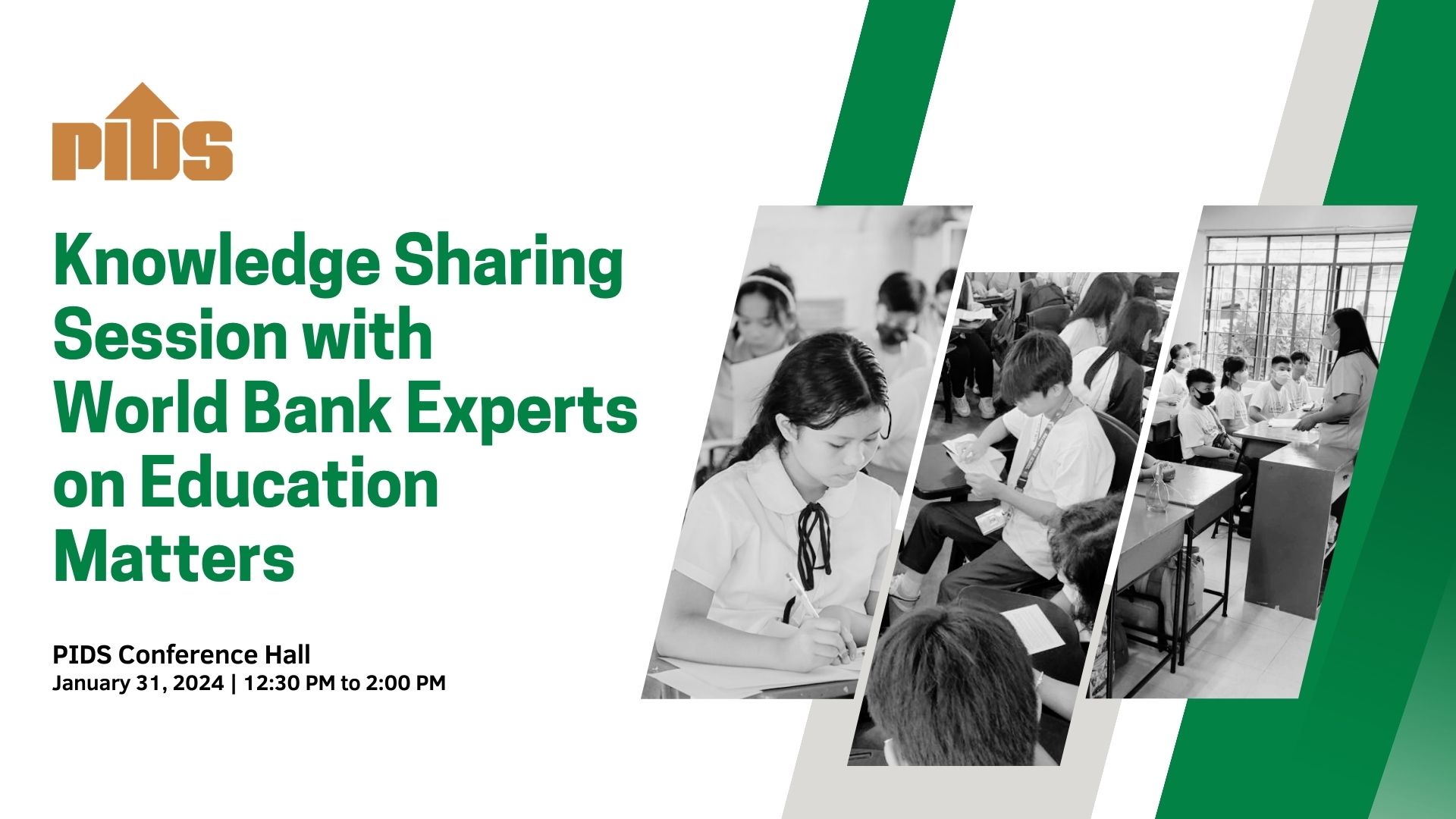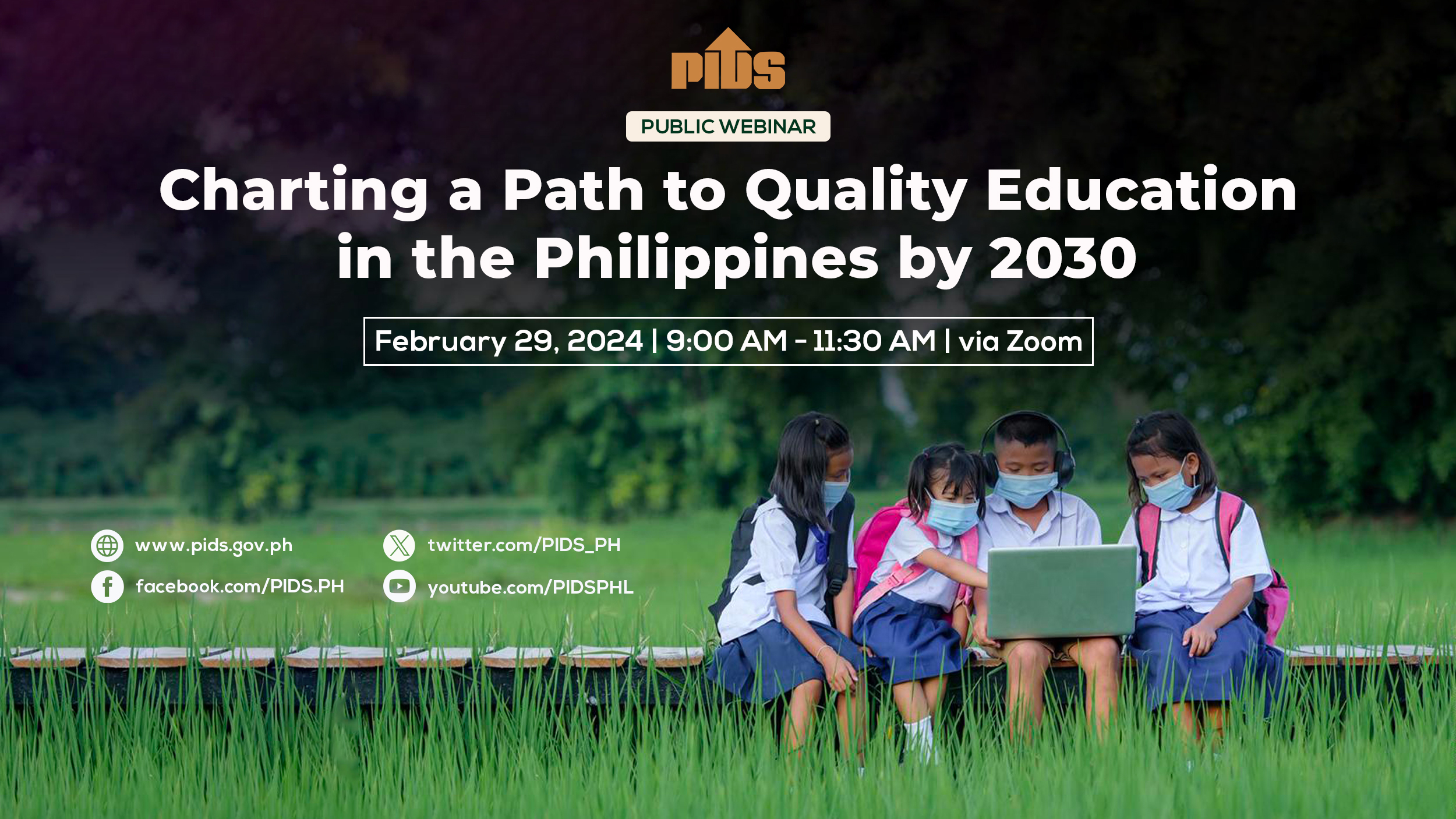THE Basic Education Report made by the Education secretary last June 30 was timely and strategic — timely because we must take stock of K to 12 and whether we have achieved what we wanted to do, and strategic because any reform moving for award must be via integrating learning. Clearly, the Education secretary needs to put her house in order, or we compound problems down the road leading to a cycle where problems are passed to another agency by which time, it is already too late to address it.
Vice President and Education Secretary Sara Duterte launched "Matatag: Bansang Makabata, Batang Makabansa," which serves as a guide for the new direction of the Department of Education and stakeholders in solving basic education challenges. Matatag has four critical components: MAke the curriculum relevant to produce competent and job-ready, active, and responsible citizens; TAke steps to accelerate delivery of basic education facilities and services; TAke good care of learners by promoting learner well-being, inclusive education and positive learning environment; and Give support to teachers to teach better."
Yes, everything begins with basic education so that once learners reach tertiary, comprehension is not a problem. But we all know it remains a problem. With the trifocal education system, one wonders if we are better off today than in 1972 when we had the Department of Education and Culture. The Education Act of 1982 created the Ministry of Education, Culture and Sports which became DECS in 1987 via Executive Order 117 during the time of President Corazon Aquino.
The structure of DECS per EO 117 remained unchanged until 1994 when the Commission on Higher Education (CHEd) was established, and Aug. 15. 1994, when the Technical Education and Skills Development Authority (Tesda) was created, to supervise tertiary degree programs and non-degree technical-vocational programs, respectively. The trifocal approach led to DECS' focus on basic education covering elementary, secondary and non-formal education, including culture and sports. CHEd focused on tertiary education while Tesda administered the post-secondary and middle-level manpower training and development.
Before the enactment of the K to 12 Law, or RA 10533, the Philippines was the only country in Asia and among the three remaining countries in the world that had a 10-year basic education program. The additional years were meant to prepare learners to be able to land a job after K to12, and industry said then that they were ready to hire graduates. The first batch of K to 12 learners graduated in 2018, or five years ago, but according to the Philippine Institute for Development Studies, "only a small proportion (over 20 percent) enter the labor force, and most of them (more than 70 percent) continue with their education since Filipinos prefer to continue with their college degrees." Parents also want their kids to complete academic degrees rather than pursue tech-voc unlike in Germany (apprenticeship and Ausbilder) where industry matched the graduates from voc-tech and gladly absorbed them as part of their employees.
What happened with the trifocal approach? It nurtured a silos approach in education and can't innovate to embrace lifelong learning and the future of work. DepEd got stuck with basic education; CHEd became more and more a regulatory body on higher education (treating local colleges and universities and the state universities and colleges as one and the same and sometimes insisting that both are measured by private universities and colleges). The tri-focal led to turf issues instead of integrating. The tri-focal led to each one solving their issues on their own without a wholistic approach. When matters fall in the cracks of the trifocal approach, we are left asking, who gets to solve the issues? Are the three agencies — DepEd, CHEd and Tesda — talking at all? Are they solving the problem together because it cannot be that jurisdictions define solutions. They have not been meeting, and talk has been rare in the last 29 years. We are where we are because of what happened in the last 29 years.
Time to wrestle with the elephant in the room. Have an integrated approach. Introduce lifelong learning and use future thinking and horizon planning in putting together an integrated roadmap. Part of innovation is trying to limit the creation of SUCs and LCUs and focusing on the comparative advantage of these institutions. Let us produce the graduates needed by the economy today and not tomorrow for we are not even into the Fourth Industrial Revolution while some countries are already moving to the Fifth Industrial Revolution. Innovation seems to be set aside despite two laws on innovation (RA 11293 and RA 11337) that have not been implemented in full.
We have gone from DECS to DepEd-CHEd-Tesda. Education, culture and sports have not been integrated, and there are more and more subjects that are added and longer hours in school that do not redound to the Filipino core. Let us get back to basics and the rest can be taken care of post-graduation at whatever level. There are several stakeholders in education, from students to parents and teachers. RA 11713 is a step in the right direction since now the trifocal heads of agencies are not forced to talk on another basic matter: quality in teaching.
Much work to be done. Leaders may not see the impact of what they do now, but definitely nation-building begins with education. Integrated and wholistic because from basic education, learners go to higher education or tech-voc. It should be seamless and a building block of the future.












